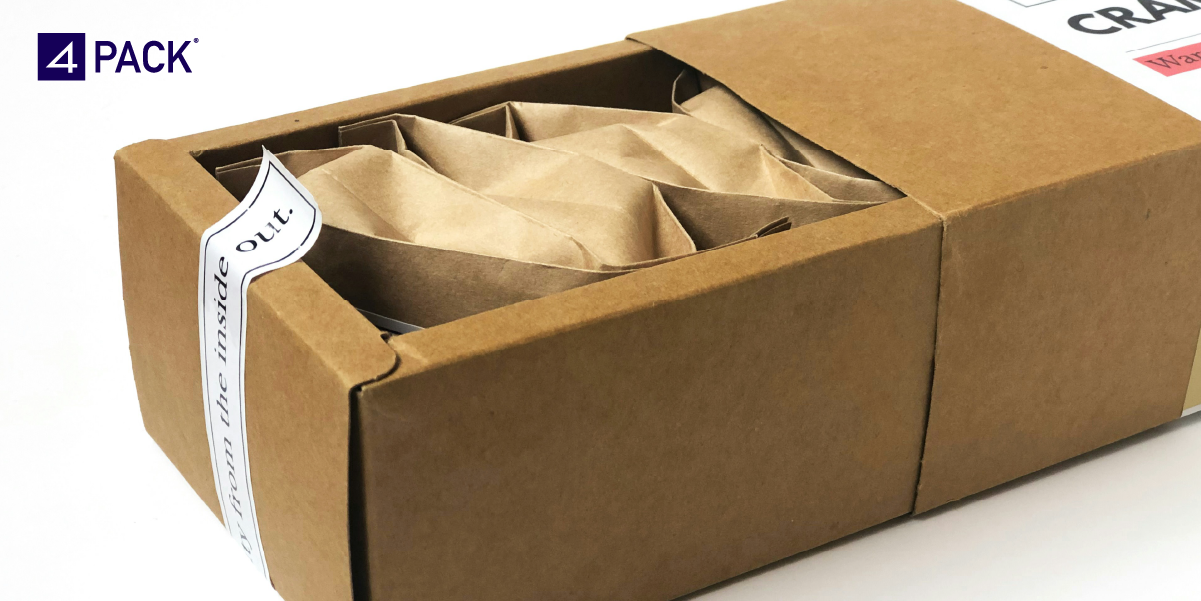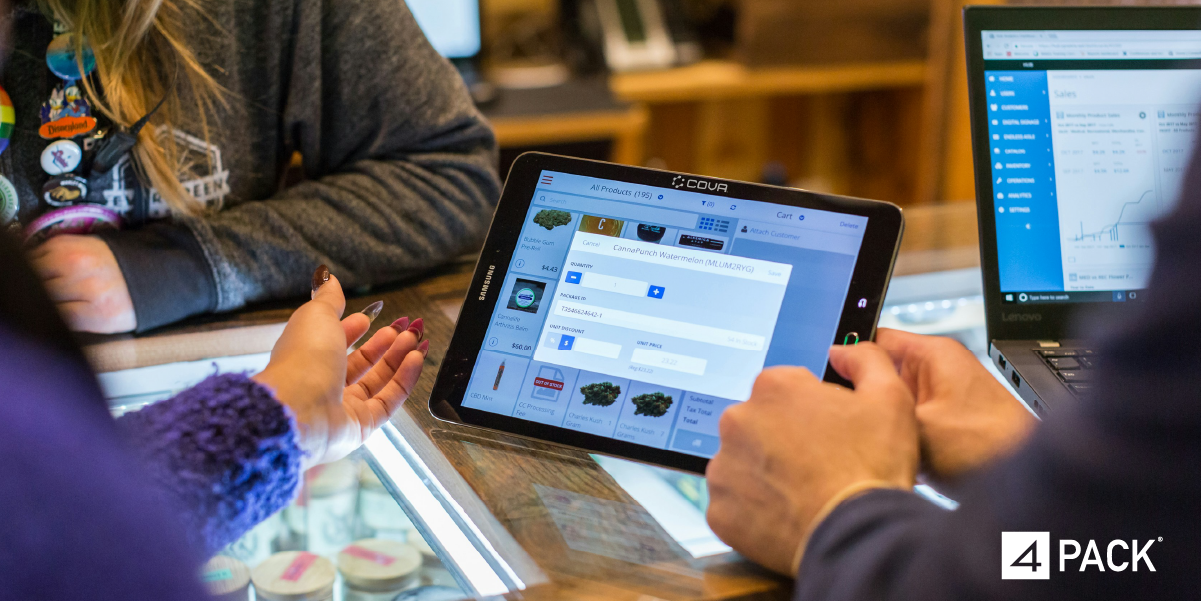We need to learn how to deal with it
The Food & Beverage industry is under enormous pressure to innovate. Helen Poole, 4Pack’s UK Managing Director argues: the iterative, and sometimes frantic nature of the go-to-market process is part of the job. Processes that don’t support employees to deliver their best contribution shouldn’t be.
There are new forces at play for Food & Beverage businesses. Don’t get me wrong – the industry has always had to innovate, and offer the market new, desirable, well-packaged, and right-priced products on a regular basis. But the environment in which we’re operating has changed, with new power levers forcing everyone to up their game:
- Consumers have become food-savvy and demanding. They’re looking for fresh flavours, healthy options, ‘clean labels’ and sustainable supply chains, among other things.
- Raw material prices are volatile, forcing manufacturers and retailers to review pricing strategies and suppliers at shorter intervals.
- New competitors are coming from outside the traditional industry. Just think of Amazon entering the grocery business – or organic recipe boxes delivered to doorsteps that are competing with retailers’ ready-meal options
- Agile entrants are disrupting the industry. They can often work under completely different conditions than established players (e.g. check out The Snaffling Pig: a single-product focused snack food business that has just recently managed to crowd-fund £750,000 in a few days)
- Regulation is getting more complex – with international labelling and consumer protection laws putting enormous pressure on manufacturers to fire-proof their processes – and be able to show it, too.
Together, all of the above contribute to an extremely tough competitive environment, often overworked employees, and tight profit margins. What that means is obvious: to remain in business, and on top of their game, Food & Beverage businesses need to squeeze more from less.
The innovation process has always been ‘agile’
It’s a bit crazy to see, then, that in most businesses, product development – i.e. a launch or update – is done using the exact same processes that have been around 20 or 30 years ago.
What I mean is this: product development has always been an iterative – or agile – process (though 20 years ago, people probably didn’t use that term), during which you had to be ready for the unknown unknowns. Last-minute changes in suppliers, lab reports, packaging specs, or anything else might mean having to go back to square one (or square two – depending on where you were in the process, the nature of the change, and who needed to approve it).
The difference is: in the past, you didn’t have a choice but to handle the entire process manually. You’d have to re-key data, physically make sure the next person in the workflow had all the information they needed, and hope that your processes were strong enough to ensure that everyone who needed to check and approve things did so at the right time.
SMEs are wasting their most valuable resources
With today’s digital capabilities, you can do these things more efficiently – but very few organisations actually do. While some may use specialised software, and email, I’ve seen few that actually connect these tools to truly make the process collaborative. And that’s a mistake that, every year, wastes thousands of working hours on manual admin, duplicate data entry, and rework (It’s outrageous really – but I’ll leave ranting about the specific sources of waste for another blog post). And it’s usually not cheap temps doing that work either – but your most qualified and specialised team members (or even highly paid external partners).
Don’t get me wrong – I can sympathise. Especially for SMEs, where it’s always all hands on deck, it can be hard to find the time to take a step back, survey the status quo, and figure out a better way.
But it’s a problem that’s costing manufacturers their margins, and that can introduce a ton of extra risk (think late-night, manual checking and approving of changes while up against a print deadline). And that can mean that the hard work and expertise that your specialists have already put into your product may be undone, in one single step.
30 years ago you didn’t have a choice. Today you do.
Let’s be honest: a connected digital tool is no silver bullet that’ll magically solve all of the industry’s challenges. Last-minute changes will always turn product development into a bit of a chutes and ladders game –and no digital tool is going to change those dynamics.
But: the digital capabilities we have today can support your competitiveness in a lot of good ways. Here are just a few:
- It can make product development truly collaborative, with every stakeholder working from the same system, and a single version of the truth (that’s huge!)
- It can help you preserve ideas and knowledge that exist within your organisation, and build from them
- It can eliminate the errors caused by manual data entry and make your outputs better, first-time round
- It can help you recover the man hours that go into data and file duplication
- It can standardise workflows so everything follows SOP
- It can automatically track and trace the status quo of a project (so teams know what to do, and when)
- It can support compliance by automatically generating digital audit trails
- It can help you serve all your channels faster by outputting data to automatically serve various formats, and all your channels
- It can help your humans approve things faster by complementing their work with digital checks
Your teams deserve better workflows and tools
As I said, going digital with your product development, from end to end, may not be a silver bullet. But it will make your process faster, more efficient, and safer – and that’s a good start for anyone looking to preserve competitive advantage (and frankly, that’s something few businesses can afford to ignore).
So what I’m saying, is this: do consider overhauling your product launch (and updates) tools and workflows for the sake of your margins. But most of all, do it for the people who are currently working extra hard to make their expertise count, and help them help you put some truly innovative products on shelf.
If you’re in the Food & Beverage industry, and interested in making better workflows for product development a reality, I think you’d like our ebook “End-to-end product management”.


